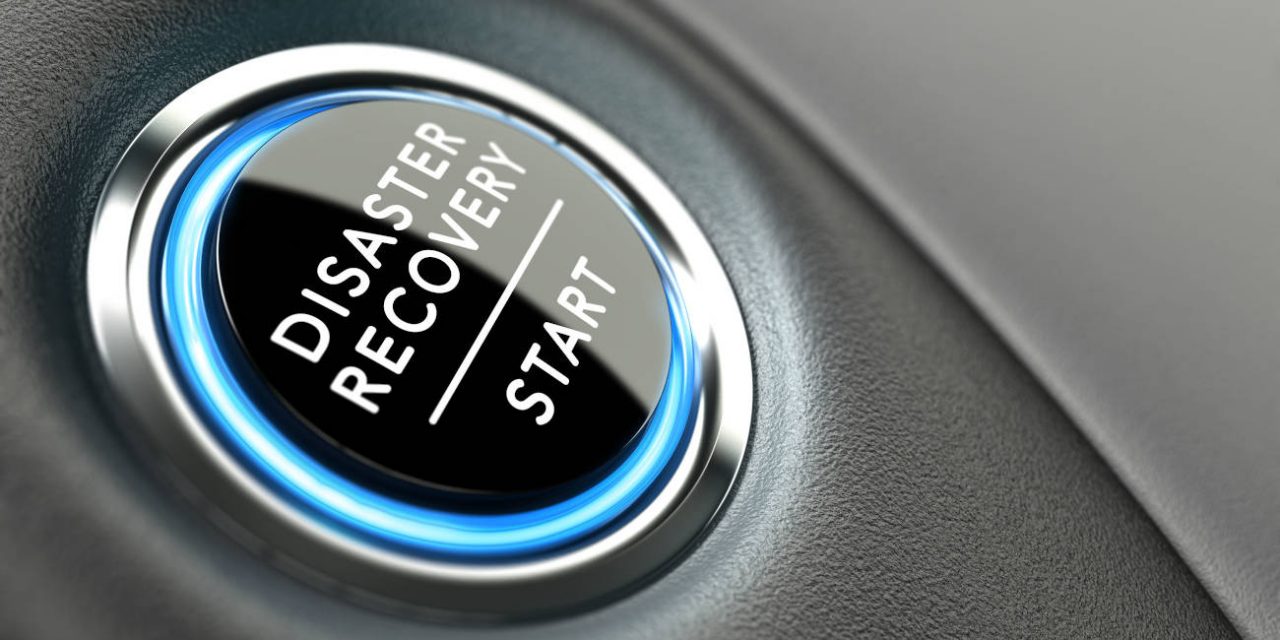By Steve Moran
It is likely that it would be near impossible to predict and adequately plan for a pandemic that crushed senior living residents and shut down the world. I am not talking about that.
But . . .
When I think about the last 10 years of senior living it appears that no one, or hardly anyone, operators, and capital providers had, or even thought about having a downside plan. They behaved as if, budgeted as if, and staffed as if there would never be a downturn.
Everyone Knew
Everyone knew that we were in the longest economic expansion this country had ever experienced and that no expansion lasts forever. But cheap easy money (relatively) available and the lure of the aging boomers was too great a temptation to resist.
Because everyone else was jumping on the bandwagon the FOMO was just too strong. Developers were even fueled to build bigger, more opulent communities under the theory of “that’s where the money is.” The problem, of course, was that while the margins were bigger than traditional real estate they were not nearly as big as you would expect for an “operating business,” which is what senior living really was and is.
More Misery Than We Can Imagine
Right now everyone is saying all the right things. “It’s all about the residents and team members.” This is good and right. But every night there are operators and capital providers who suffer through sleepless nightmare nights knowing that they are in an impossible or near impossible situation.
That in order for them to survive, every single thing coming out would need to happen perfectly. They will need significant long-term forbearance from their capital providers. They will somehow need to figure out how to stay even with pre-pandemic expenses. They will need an amazing flow of new residents to fill their empty units and they will need the pandemic to be vanquished forever.
The Pivot Factor
There is one other factor that sometimes happens. Some operators and capital providers are really good at pivoting. This means that when circumstances change they go into an all-hands-on-deck mode, figure out what they need to do to survive, and then do it. We have seen some great examples of this over the last few weeks.
Though, if we are honest, some of those that have done amazing pivots will find it is not enough.
Downside Planning
While it is impossible to create a downside plan for a once-in-100-years pandemic, I believe downside planning would have made dealing with the pandemic much much better. And it may be that there are some companies out there that have very robust downside plans. If that is true for you, I would love to hear your story.
Getting Started
As we are heading into a new paradigm, it is time to start thinking about that downside plan. You need to start by asking yourself some really difficult questions that will have no great answers. Here are some you can start with:
- What if we have a pandemic that kills 20% of seniors?
- What if Amazon or Walmart gets into the senior living business?
- What happens to memory care if we find a cure for Alzheimer’s?
- What happens if self-driving cars redefine the need for senior living by allowing older people to stay home longer?
- What if there is a $20 minimum wage?
- What if there is a rule that frontline caregivers cannot work in more than one senior living community?
- What if we extend people’s lifespan to age 130 or 150?
There are a couple of other things that you need to be asking:
- What are the things we absolutely can’t change or give up because they define who we are?
- What are those things that we could give up?
- What else could we do?
- How can we look at a downturn as an opportunity?
You’re Not Alone
I will be honest, at Senior Living Foresight, we didn’t have much of a downside plan except to know that if I had to I could go back to a one-person or two-person operation. But we have found ourselves exploring new opportunities, with the “Our Time to Shine” digital summit being a great example of that.
Another is to partner with R3R1 to teach the senior living world to sell better, knowing that it will improve the economic health of the industry and allow the industry to serve tens of thousands of additional older people. There is more coming.
I would love to hear your thoughts.





